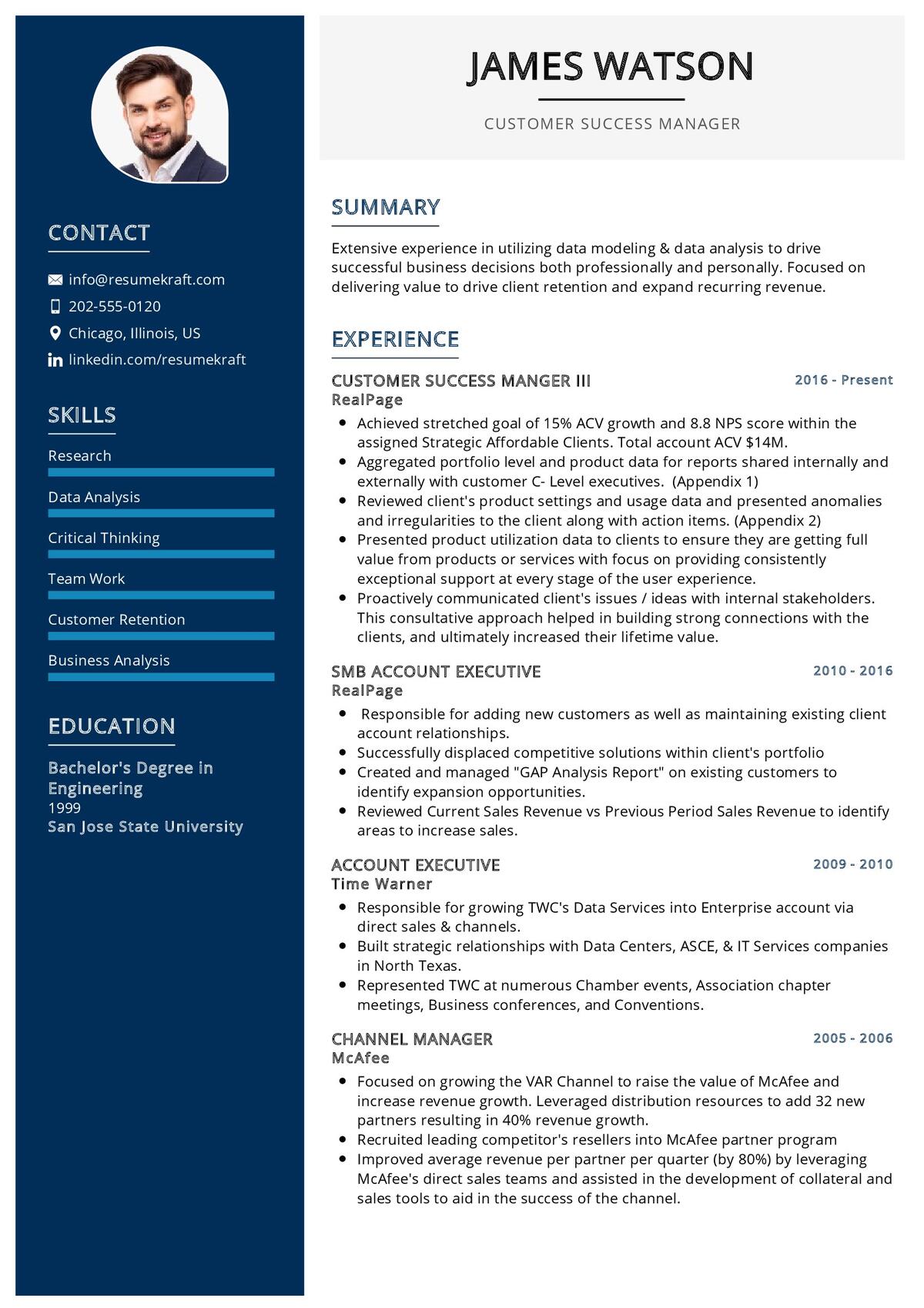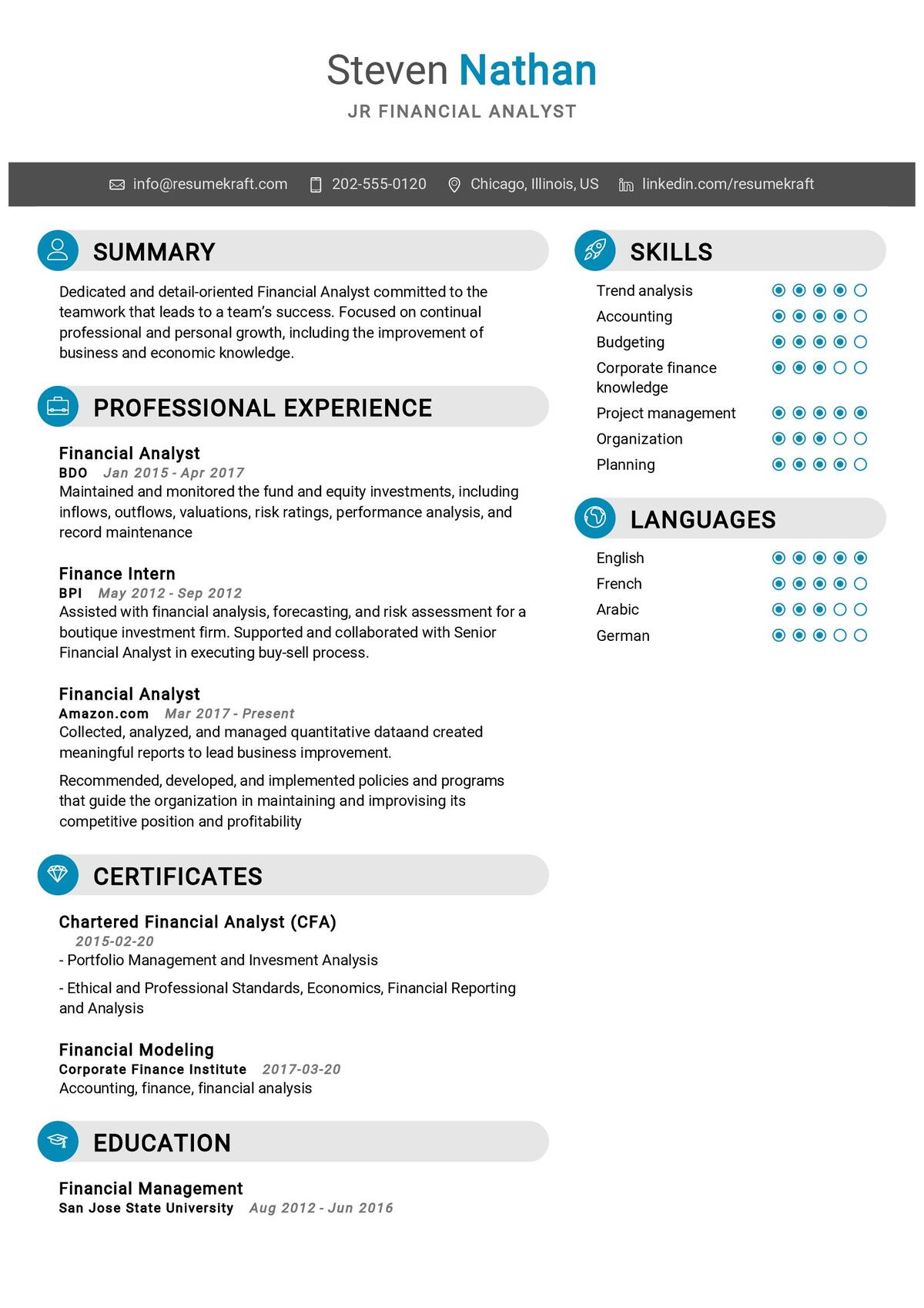
Interviewing for a third-grade teaching position at a Catholic school is a significant opportunity to showcase your ability to teach young children in a faith-based environment. As an educator, you must demonstrate strong teaching skills while also showing your commitment to upholding the school’s religious values and mission. In Catholic schools, teaching goes beyond academics; it’s about nurturing the whole child, including their spiritual development. When preparing for your interview, it’s essential to consider both your teaching methods and your approach to integrating faith into the curriculum.
Below, we will explore the Top 34 Sample Interview Questions for a 3rd Grade Teacher at a Catholic School, along with potential answers and explanations to help guide your preparation.
Top 34 Sample Interview Questions for 3rd Grade Teacher Catholic School
1. How do you integrate faith into your daily lessons?
In a Catholic school, integrating faith into daily lessons is crucial. I incorporate biblical references, Catholic teachings, and moral lessons into various subjects. For example, in a reading lesson, I might choose stories with themes of kindness or honesty, then tie those back to Christian virtues. Additionally, we start and end each day with prayer, fostering a classroom environment rooted in faith.
Explanation
Integrating faith is essential for Catholic education. This answer shows how the candidate connects religious teachings to the academic curriculum, promoting spiritual development alongside academic growth.
2. How would you handle teaching religion to students of diverse faith backgrounds?
I believe it’s essential to respect all faiths while fostering a strong Catholic identity in the classroom. I focus on teaching Catholic principles and values while being open to discussions about other beliefs. I would create an inclusive environment where students of all faiths feel respected, while still upholding the Catholic teachings that form the foundation of the school.
Explanation
This response demonstrates sensitivity to diversity while maintaining the integrity of Catholic education. Inclusivity is key in today’s multicultural classrooms.
3. Can you describe your classroom management style?
My classroom management style is rooted in positive reinforcement and clear expectations. I use a combination of visual aids, routines, and rules to ensure a well-structured environment. By rewarding good behavior and addressing negative actions calmly, I foster a respectful and focused learning space.
Explanation
Effective classroom management is vital to maintaining a productive learning environment. This answer highlights consistency and the importance of setting clear expectations.
4. How do you incorporate the teachings of Jesus into your teaching philosophy?
I incorporate the teachings of Jesus by emphasizing love, compassion, and forgiveness in my classroom. I encourage students to treat one another with respect and kindness, mirroring the way Jesus taught us to live. Through discussions, role-playing, and group activities, I help students apply these teachings in their daily interactions.
Explanation
In Catholic schools, teaching values such as compassion and forgiveness is essential. This response aligns well with the mission of Catholic education.
Build your resume in just 5 minutes with AI.

5. How do you differentiate instruction for students with varying abilities?
Differentiating instruction is crucial to ensuring that all students are successful. I use a variety of teaching strategies, including group work, one-on-one instruction, and tiered assignments, to meet the needs of all learners. By offering choices in how students demonstrate their learning, I help each child succeed according to their abilities.
Explanation
This answer shows the candidate’s understanding of the diverse learning needs within a classroom and the importance of tailored instruction.
6. How do you incorporate Catholic social teachings into your curriculum?
I integrate Catholic social teachings by focusing on issues such as community, justice, and the dignity of every person. In subjects like social studies, I include discussions about helping others, the importance of service, and how we can make a positive impact in the world by living out the Gospel values.
Explanation
Catholic social teachings are an essential part of the curriculum. This answer highlights the importance of fostering a sense of social responsibility in students.
7. How do you approach conflict resolution between students?
I use a restorative approach to conflict resolution, guiding students through discussions about what happened and how their actions affected others. I encourage them to express their feelings, apologize, and come up with a plan for how to make things right. This approach teaches accountability and empathy.
Explanation
Conflict resolution is a critical skill for young students. This response shows the candidate’s focus on teaching accountability and promoting peace within the classroom.
8. How do you promote a sense of community within your classroom?
I promote a sense of community by fostering collaboration and mutual respect. Group projects, peer mentoring, and classroom discussions allow students to support one another and work together. Additionally, I create opportunities for students to serve others, both within the school and in the wider community.
Explanation
Building a classroom community is essential for creating a supportive learning environment. This answer reflects a commitment to collaboration and service.
9. How would you incorporate technology into your lessons?
I incorporate technology by using educational tools like interactive whiteboards, tablets, and learning apps to engage students and enhance their understanding. I also teach digital literacy, ensuring that students are responsible and ethical in their use of technology. This aligns with the Catholic principle of stewardship.
Explanation
Technology is a powerful tool for education. This response demonstrates a balanced approach to integrating technology in a faith-based environment.
10. How do you assess student progress?
I use a variety of assessment methods, including formative assessments like quizzes and class discussions, as well as summative assessments such as projects and tests. Additionally, I assess students’ participation and behavior, as these reflect their social and emotional growth, which is equally important in Catholic education.
Explanation
Assessing students holistically is important in Catholic schools. This response highlights the use of diverse assessment methods to capture academic and personal development.
11. How do you ensure that your lessons are aligned with the Catholic school’s mission?
I ensure alignment by regularly reflecting on how each lesson promotes the school’s mission of educating the whole child—mind, body, and spirit. I incorporate faith-based values into all subjects, ensuring that students not only learn academically but also grow in their faith and moral understanding.
Explanation
Aligning lessons with the school’s mission is crucial. This answer shows a thoughtful approach to integrating faith into daily teaching.
12. How would you encourage parental involvement in their child’s education?
I encourage parental involvement by maintaining open lines of communication, sharing regular updates on student progress, and inviting parents to participate in classroom events and volunteer opportunities. Parents are vital partners in the education process, and their involvement is key to student success.
Explanation
Parental involvement is crucial in Catholic education. This response shows the candidate’s understanding of the importance of strong home-school connections.
13. How do you address the spiritual development of your students?
I address students’ spiritual development by incorporating daily prayers, Bible readings, and discussions about Catholic values. I also encourage students to reflect on how they can live out their faith in their daily lives, helping them develop a strong moral foundation.
Explanation
Spiritual development is central to Catholic education. This answer shows the candidate’s commitment to fostering students’ faith growth.
14. How do you create a welcoming environment for students?
I create a welcoming environment by being warm, approachable, and attentive to each student’s needs. I use positive language, celebrate individual achievements, and ensure that my classroom is a safe space for all students to express themselves and feel valued.
Explanation
A welcoming environment is important for students’ well-being. This response highlights the candidate’s focus on creating a positive, inclusive space.
15. How do you help students grow in their understanding of Catholic traditions?
I help students grow in their understanding of Catholic traditions by incorporating lessons about the sacraments, saints, and the liturgical calendar. We celebrate feast days, attend Mass together, and discuss the meaning behind these traditions to deepen students’ connection to their faith.
Explanation
Understanding Catholic traditions is essential for spiritual formation. This response demonstrates a commitment to teaching students about their faith in a meaningful way.
Planning to Write a Resume?
Check our job winning resume samples


16. How do you ensure that students develop critical thinking skills?
I foster critical thinking by asking open-ended questions, encouraging discussions, and providing problem-solving activities. I challenge students to think deeply about what they are learning and to apply their knowledge to real-world situations.
Explanation
Critical thinking is a key skill for academic success. This response highlights the importance of engaging students in deeper learning through inquiry and problem-solving.
17. How do you approach teaching students who may be struggling with their faith?
I approach this with compassion and patience, offering support through open conversations and guidance. I encourage students to ask questions and explore their faith in a way that feels meaningful to them. My goal is to create a space where they feel comfortable to grow and strengthen their beliefs.
Explanation
Faith is a personal journey. This response shows an understanding of the importance of guiding students through their spiritual development in a non-judgmental way.
18. How do you teach moral and ethical decision-making in your classroom?
I teach moral and ethical decision-making by discussing real-life situations and guiding students to reflect on the teachings of Jesus and Catholic values. Through stories, role-playing, and discussions, I help students understand how to make choices that are in line with their faith and values.
Explanation
Ethical decision-making is a key part of Catholic education. This answer shows how the candidate incorporates moral lessons into their teaching.
19. How do you support students’ emotional well-being?
I support students’ emotional well-being by being attentive to their needs, providing a listening ear, and creating
a safe space for them to express their feelings. I incorporate social-emotional learning into my lessons, helping students develop resilience, empathy, and emotional intelligence.
Explanation
Supporting students’ emotional health is important for their overall development. This response demonstrates a compassionate approach to student well-being.
20. How do you collaborate with other teachers and staff members?
I collaborate with colleagues by sharing ideas, participating in professional development, and working together to address student needs. By fostering a culture of teamwork, we can create a supportive environment that benefits both students and staff.
Explanation
Collaboration is key to a successful school community. This response shows a commitment to teamwork and professional growth.
21. How do you encourage students to develop a sense of responsibility?
I encourage responsibility by assigning classroom jobs, promoting accountability for homework, and guiding students to take ownership of their actions. I also integrate lessons about stewardship and caring for others, teaching students that responsibility extends beyond the classroom.
Explanation
Responsibility is an important life skill. This answer shows how the candidate promotes responsibility through both practical tasks and moral lessons.
22. How do you incorporate service learning into your curriculum?
I incorporate service learning by organizing projects that allow students to serve their school and local community. Whether it’s through food drives, volunteering, or environmental initiatives, students learn the importance of giving back and living out the Gospel values of charity and compassion.
Explanation
Service learning is a key component of Catholic education. This response highlights the importance of teaching students to serve others as part of their faith development.
23. How do you encourage students to be independent learners?
I encourage independence by teaching students how to set goals, manage their time, and reflect on their learning. I offer choices in how they complete assignments, fostering a sense of ownership over their education.
Explanation
Independent learning is a valuable skill for lifelong success. This answer shows how the candidate encourages self-directed learning in the classroom.
24. How do you handle discipline in the classroom?
I handle discipline by setting clear expectations and consistently applying rules. When issues arise, I address them calmly and fairly, using each situation as a teaching moment to help students understand the impact of their behavior on others.
Explanation
Discipline is important for maintaining a respectful classroom environment. This response shows a balanced approach to addressing behavior while promoting understanding.
25. How do you foster a love of reading in your students?
I foster a love of reading by offering a variety of books that cater to different interests and reading levels. I also create engaging reading activities, such as book clubs and author studies, that encourage students to explore literature in a fun and meaningful way.
Explanation
Reading is foundational to academic success. This response highlights strategies for promoting a lifelong love of reading in students.
26. How do you ensure that students understand the importance of prayer in their daily lives?
I ensure that students understand the importance of prayer by modeling it daily and teaching them that prayer is a way to build a personal relationship with God. I provide opportunities for both structured and spontaneous prayers, helping students develop their own prayer practices.
Explanation
Prayer is central to Catholic life. This answer demonstrates the candidate’s commitment to helping students build their own spiritual practices.
27. How do you keep your lessons engaging for young learners?
I keep lessons engaging by using hands-on activities, interactive lessons, and incorporating movement and games. I also differentiate instruction to meet students’ varying interests and learning styles, ensuring that each child is actively involved in the learning process.
Explanation
Engagement is critical to effective learning. This response shows a commitment to making lessons exciting and accessible for all students.
28. How do you ensure that students are prepared for standardized tests without sacrificing creativity in the classroom?
I ensure students are prepared for standardized tests by integrating test-taking strategies into my lessons in a way that doesn’t detract from creative learning experiences. I balance the need for skill practice with projects and activities that encourage critical thinking and problem-solving.
Explanation
Balancing creativity and test preparation is essential in education. This answer shows that both can be integrated for a well-rounded approach.
29. How do you teach Catholic virtues in your classroom?
I teach Catholic virtues by highlighting virtues like kindness, patience, and humility in everyday interactions. I incorporate these virtues into lessons and classroom discussions, emphasizing their importance in both academic work and personal behavior.
Explanation
Catholic virtues are an important part of a faith-based education. This answer reflects a commitment to teaching students how to live out these values.
30. How do you engage with parents who may be unfamiliar with Catholic teachings?
I engage with parents by providing resources and offering opportunities for them to learn more about Catholic teachings. Whether through school events, newsletters, or informal conversations, I strive to make sure all parents feel informed and involved in their child’s religious education.
Explanation
Parent engagement is crucial in Catholic education. This response shows a commitment to supporting parents in understanding the faith-based curriculum.

Build your resume in 5 minutes
Our resume builder is easy to use and will help you create a resume that is ATS-friendly and will stand out from the crowd.
31. How do you incorporate the arts into your curriculum?
I incorporate the arts by providing opportunities for students to explore creative expression through drawing, music, and drama. I also use the arts to enhance academic subjects, such as using music to teach math or having students create art based on stories from the Bible.
Explanation
The arts are important for holistic education. This answer demonstrates an understanding of how creative expression can support learning and personal growth.
32. How do you teach students about the importance of the sacraments?
I teach students about the sacraments by incorporating lessons on their significance in the Catholic faith, including how they help us grow closer to God. I make these teachings relatable by connecting them to students’ own experiences, such as preparing for their First Communion or participating in the sacrament of Reconciliation.
Explanation
The sacraments are central to Catholic life. This response demonstrates a thoughtful approach to teaching students about these important rites.
33. How do you help students develop a love of learning?
I help students develop a love of learning by creating a classroom environment where curiosity is encouraged, mistakes are embraced as learning opportunities, and success is celebrated. I strive to make learning enjoyable and meaningful, connecting lessons to students’ interests and experiences.
Explanation
Fostering a love of learning is essential for lifelong success. This answer shows the candidate’s focus on creating a positive, engaging learning environment.
34. How do you ensure that students are growing academically, socially, and spiritually?
I ensure students are growing in all areas by setting goals for their academic, social, and spiritual development. I regularly assess their progress and provide support where needed, ensuring that each child is reaching their full potential in all aspects of their life.
Explanation
Holistic development is at the core of Catholic education. This response shows a commitment to nurturing students academically, socially, and spiritually.
Conclusion
In conclusion, preparing for an interview as a third-grade teacher in a Catholic school involves more than just showcasing your teaching abilities. It’s about demonstrating your commitment to integrating faith into your lessons, supporting students’ spiritual and moral development, and creating an inclusive, engaging classroom environment. By considering these sample interview questions for a 3rd-grade teacher at a Catholic school, you can better prepare to highlight your skills and passion for Catholic education, ensuring that you are well-equipped to meet the needs of both students and the school community.
Recommended Reading:

